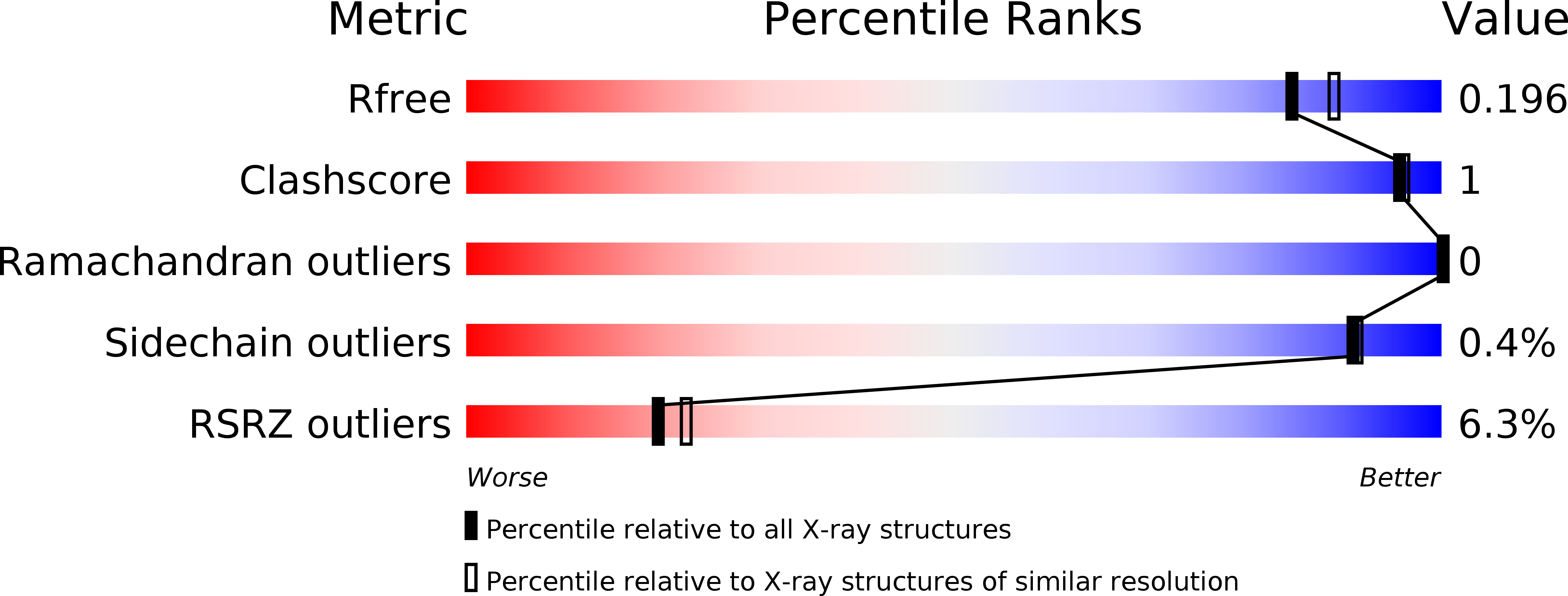
Deposition Date
2017-04-01
Release Date
2017-08-23
Last Version Date
2024-10-23
Entry Detail
PDB ID:
5VCV
Keywords:
Title:
CRYSTAL STRUCTURE OF HUMAN MYT1 KINASE DOMAIN IN COMPLEX WITH Dasatinib
Biological Source:
Source Organism:
Homo sapiens (Taxon ID: 9606)
Host Organism:
Method Details:
Experimental Method:
Resolution:
1.92 Å
R-Value Free:
0.19
R-Value Work:
0.15
R-Value Observed:
0.15
Space Group:
P 21 21 21


